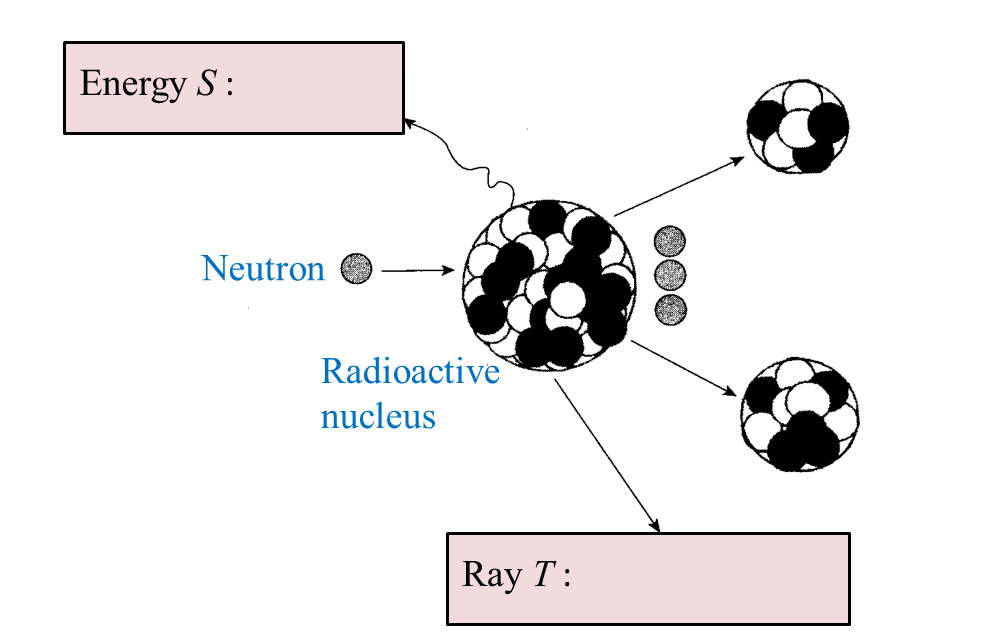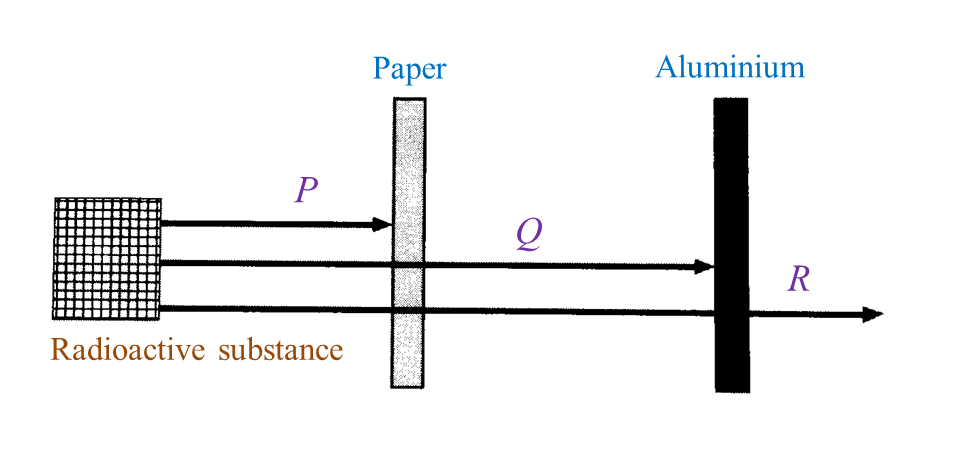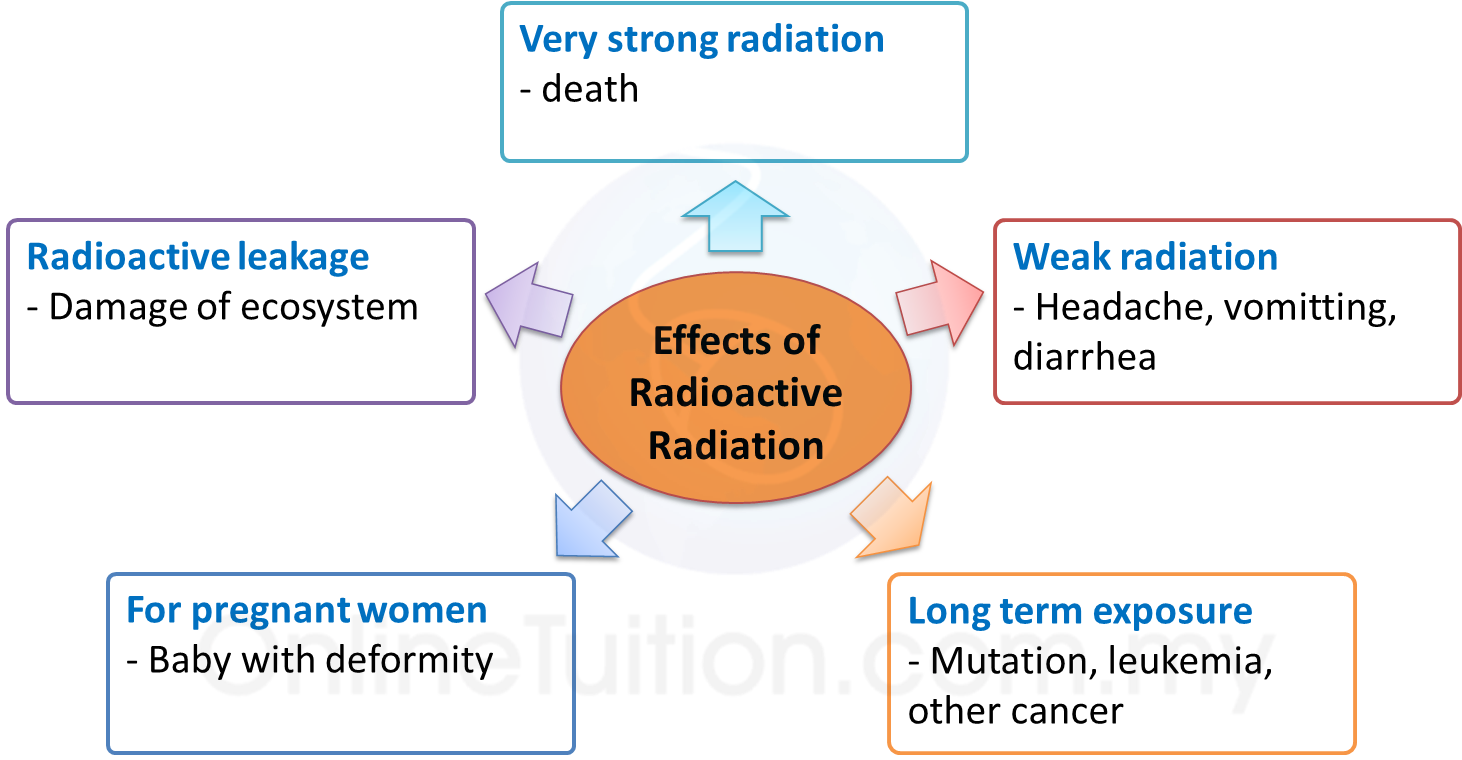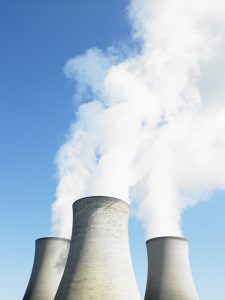 |
| (This image is shared under Creative Commons Attribution 3.0 Unported license. You can click on the image to enlarge it) |
- cellular components
- plasma
Cellular Components
There are three types of blood cells:
- erythrocytes (red blood cell)
- leucocytes (white blood cell)
- platelets
Erythrocyte (Red blood cells)
 |
| (Image by BruceBlaus under Creative Commons Attribution 3.0 Unported license) |
- Biconcave disc-shaped. Can move quickly in blood capillaries and increases the TSA/V ratio to facilitate the exchange of gases.
- Carry large amount of haemoglobin.
- Haemoglobin is responsible for the transport of oxygen in the form of oxyhaemoglobin and carbon dioxide in the form of carbaminohaemoglobin.
- No nucleus when matured. This enables it to contain more haemoglobin to carry more oxygen.
- Produced in the bone marrow.
- Life span about 120 days. After that they are destroyed in the spleen and liver.
Leucocyte
- Has no fixed shape.
- Less than the erythrocytes, but bigger in size.
- Has a nucleus
- The function is to protect the body from diseases.
- There are two types of leucocytes:
- granulocyte
- agranulocyte
Granulocytes
- With granules in the cytoplasm.
- With lobed nucleus.
- Formed in red bone marrow.
- There are three types of granulocytes
- neutrophil (carry out phagocytosis to engulf invading bacteria)
- eosinophil (involve in regulating the allergic responses)
- basophil (produce heparin to prevent the blood clotting)
Agranulocytes
- Have no granules in the cytoplasm.
- There are two types of agranulocytes:
- lymphocytes (responsible for producing antibodies to protect the body against diseases.)
- monocytes (carry out phagocytosis to engulf invading bacteria)
 |
| (Image by BruceBlaus under Creative Commons Attribution 3.0 Unported license) |
Platelet (Thrombocytes)
- Platelets, or thrombocytes , are cell fragments (i.e. cells that do not have a nucleus) of larger cells in the bone marrow called megacaryocytes.
- The average lifespan of a platelet is normally just 5 to 9 days.
- Platelets circulate in the blood of mammals and are involved in hemostasis, leading to the formation of blood clots.
 |
| (Image by BruceBlaus under Creative Commons Attribution 3.0 Unported license) |
Plasma
- Plasma is the liquid part of the blood.
- Plasma is a pale yellowish liquid consisting of water, plasma protein and other dissolved substances.
- Plasma without plasma protein is called blood serum.
Plasma Protein
- The plasma protein consist of
- albumins,
- immunoglobulins and
- fibrinogen.
- The albumin controls osmitic pressure of blood and acts as buffer against pH changes.
- Immunoglobulins are antibodies involve in body's defense mechanism.
- Fibrinogen is a substance important in blood clotting.
Water and Dissolved Substances
- Other than plasma protein, the dissolved substances in plasma include
- products of digestion
- excretory products
- hormones
- minerals
- vitamins.
- dissolved gases such as carbon dioxide, oxygen and nitrogen.
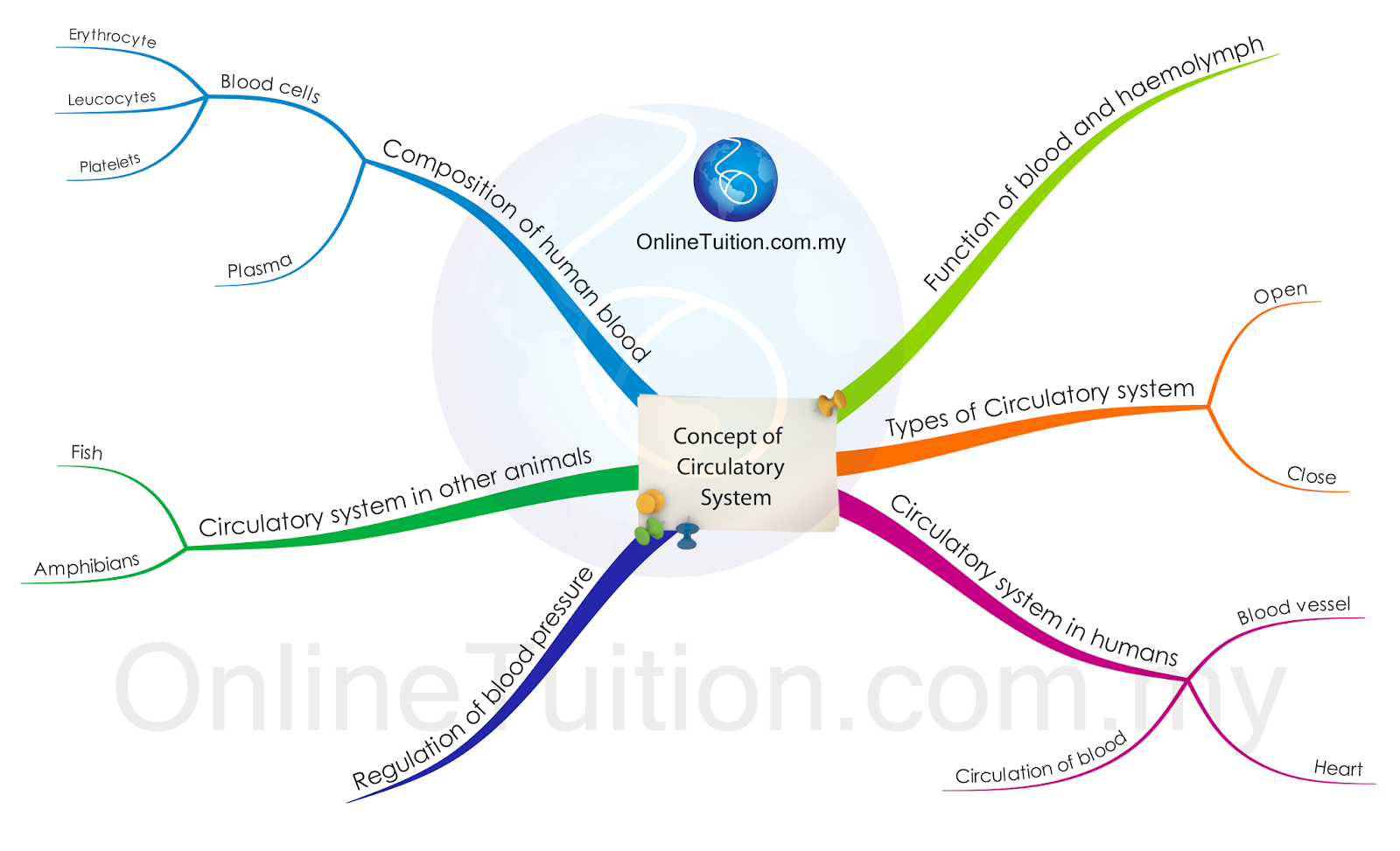





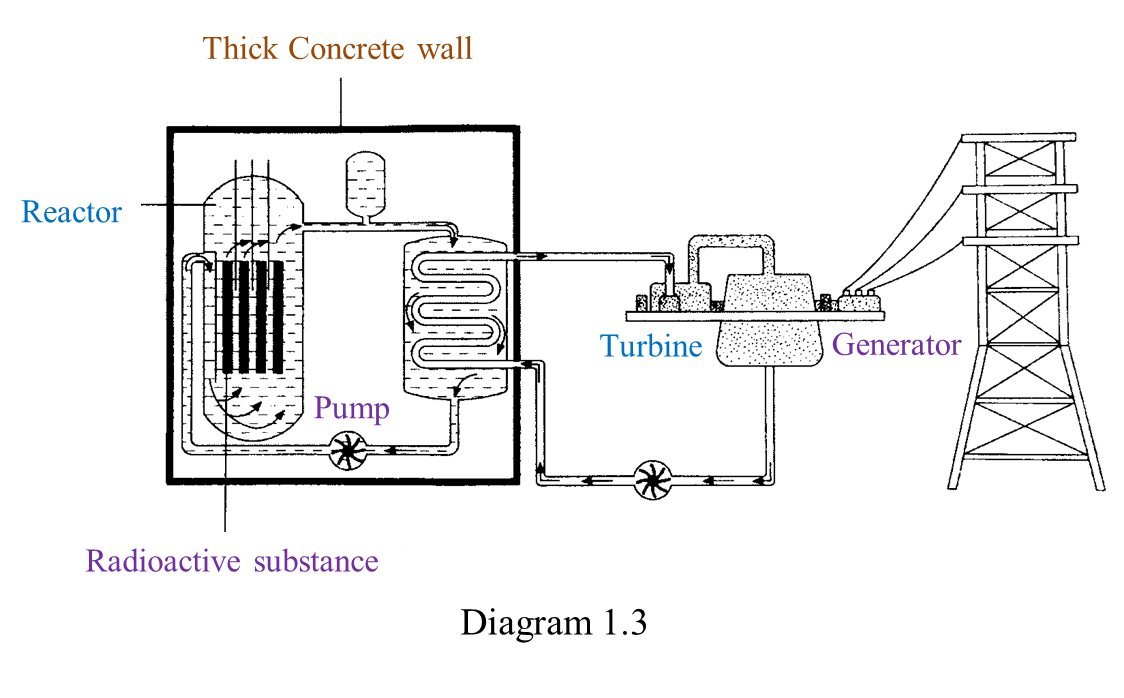 (i) Name the radioactive substances used in Diagram 1.3. [1 mark]
(i) Name the radioactive substances used in Diagram 1.3. [1 mark]